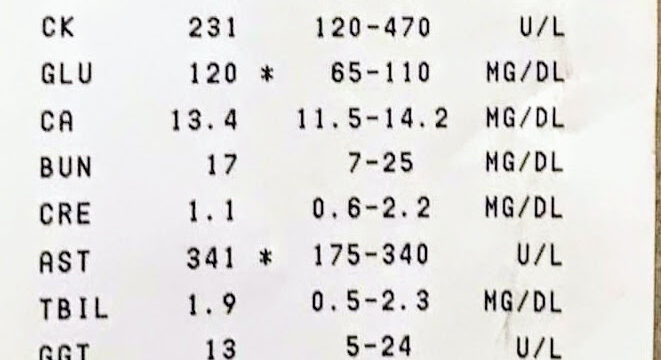Ve vant to suck your blood!
Ok, maybe not your blood, but your horses’. And we don’t want to suck it either, but rather give you the opportunity to get a blood chemistry panel completed to help you and your horse to start ready and finish proud. If you are involved in EDRA, it’s hard to go long without hearing about the “Blood Machine”. Volunteers coordinate to take it to rides, riders are doing pre- and post-draws, and decisions about competition and conditioning are made based on the results. But, what is actually involved in getting your own blood draw and how can it help you?
Per Susan Summers, who helped secure the PNER blood machine, “Dennis and I used blood results on our own horses for years when riding internationally. The east coast had one. We felt we were able to dial in horses better using the results both before, and again after competitions. So I made a proposal to PNER and it was accepted. With help from some vet friends we bought a used machine and I set up a program.”
The first thing to know about blood draws is that, with all things endurance, your horse is unique. Just as you get to know how your horse responds and recovers during conditioning, blood results are best when you have a good idea of where your horse’s unique “normal” blood chemistry levels are. In addition, getting blood drawn pre- and post-competition gives you insight into how your horse is responding and recovering.
At the same time, there are general ranges that are considered to be normal. This PDF gives a breakdown of the blood chemistry indicators shown on our machine as well as what they do for your horse and the range that is considered “normal”.
Blood Machine Analysis BreakdownWhen you get a blood draw at a ride, here is an example of what your results will look like:

So, what else should you know about doing a blood draw?
- Blood draws are $45 each for PNER members ($55 each for non-PNER members) and you can pay by cash or check.
- Results take about 10 minutes
- If doing a pre-ride draw, do it BEFORE vetting in so that you are allowed to see your scores. Once you have vetted in, you have technically began competing and are not allowed to see blood draw results until you finish competing, whether that’s after your ride completion or showing for BC.
- EDRA rules only: If there is a concern after the vet in or during the ride, you can do a blood draw and the blood machine operator can show the results to the vet in order to decide whether it’s a danger for the horse to go on. (AERC does not have this rule.)
Hopefully, this is helpful as you’re planning your next ride and equine conditioning program!
Have you done a blood draw? How have you used the results?

